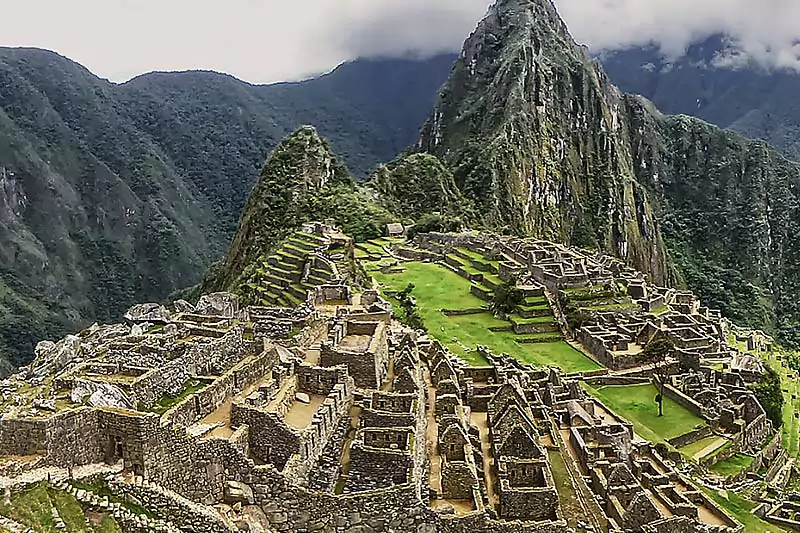
The Wonders of the World: From Ancient Marvels to New Seven Wonders
Throughout history, people have built incredible monuments and structures that have stood the test of time. From the Wonders of the World, such as the ancient pyramids, to the new seven wonders, such as the majestic Taj Mahal, these amazing works of art have always fascinated us. The seven wonders, both old and new, tell stories of human creativity, culture and dreams. What makes these places so special? Why were they chosen as the new seven wonders?
How were the New Seven Wonders chosen?
The New Seven Wonders were selected in 2007 through a global online survey organized by the New7Wonders Foundation. More than 100 million votes were cast from over 200 countries and seven man-made structures were selected as winners. All of these structures have been recognized as UNESCO World Heritage Sites and are of cultural significance to humanity.
The New Seven Wonders
Throughout history, humans have sought to build monuments greater than those that came before them. From the Pyramids of Giza to the Taj Mahal, humanity has created awe-inspiring and iconic structures. These structures are some of the most iconic and popular tourist attractions in the world. If you haven’t seen any of them yet, add them to your travel list!
The Colosseum
The Colosseum is one of Rome’s most famous landmarks and a must-see for first-time visitors to Rome. This massive structure was built over 2,000 years ago and is one of the largest amphitheaters in the world. Although now in ruins, it still has an impressive appearance.
The Colosseum was built between 72 and 80, during the reign of Emperor Vespasian. Its first name was the Flavian Amphitheater and it could hold up to 50,000 people. Various entertainments were organized here, such as gladiator fights, animal hunts and public executions.
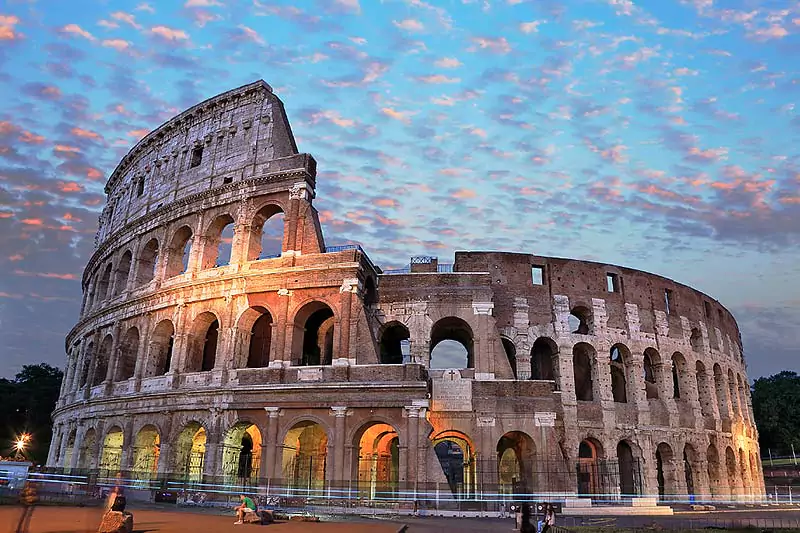
Over the centuries, the Colosseum fell into ruin and its stones were looted. In the 18th century, it was used as a quarry for other construction projects in Rome. Today, only a third of the original structure remains standing. Despite being in ruins, the Colosseum is still one of Rome’s most popular tourist attractions. Every year it attracts millions of visitors from all over the world.
Machu Picchu
Machu Picchu is an ancient Inca city in modern Peru. The city sits on a mountain ridge above the Urubamba River Valley and is surrounded by lush rainforest. Machu Picchu is thought to have been built as a royal residence or rural getaway for the Inca emperor Pachacuti (1438-1472).

The city of Machu Picchu consists of dozens of stone buildings, temples and squares connected by stone roads and paths. The most famous structure in Machu Picchu is the Intihuatana, a large sundial carved from a single piece of granite. Other important structures include the Temple of the Sun, the Temple of the Moon and the Royal Tomb.
Machu Picchu was rediscovered in 1911 by American historian Hiram Bingham III. Today, it is one of Peru’s most popular tourist attractions, attracting hundreds of thousands of visitors each year.
Chichen Itza
One of Mexico’s most popular tourist destinations, Chichen Itza was once one of the largest cities in the Mayan empire. The ancient city is home to many well-preserved ruins, including the iconic El Castillo pyramid. Visitors can explore the ancient city and learn about its history and culture.
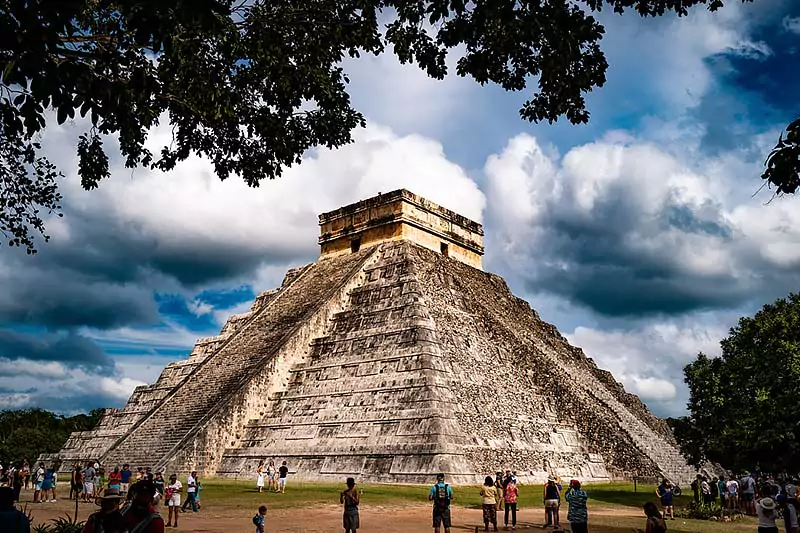
Petra
Petra is one of the most famous archaeological sites in the world. It is located in present-day Jordan and was once the capital of the Nabataeans. The city is famous for its magnificent architecture and sculptures carved into the sandstone rocks.
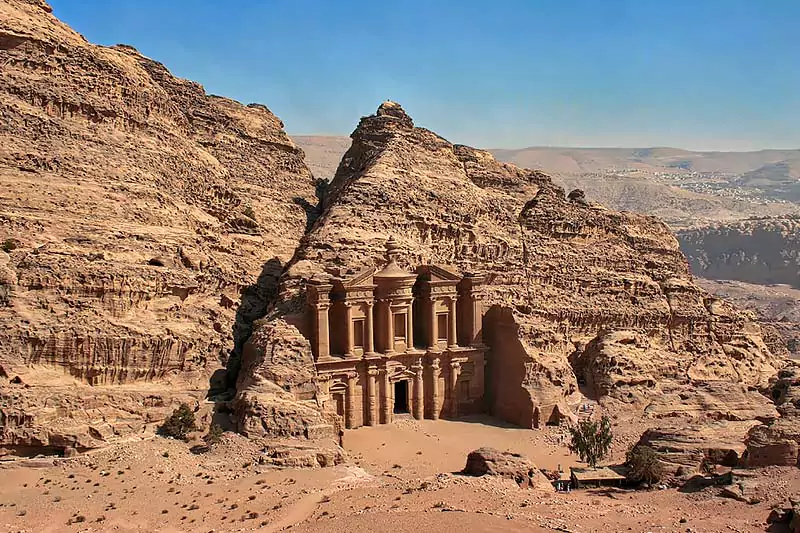
Petra was first inhabited by nomadic Bedouin people in the Bronze Age. Around 1200 BC, the Nabateans settled in this area and began building their city. The city reached its peak as a center of trade in the 1st century AD. However, with the Roman conquest of Syria in 106 AD, Petra went into decline. It was completely abandoned after an earthquake in 363 AD.
Taj Mahal
The Taj Mahal is one of the most iconic and recognizable buildings in the world. Mughal Emperor Shah Jahan built this structure in memory of his wife Mumtaz Mahal. The Taj Mahal is considered one of the finest examples of Mughal architecture and is a UNESCO World Heritage Site.
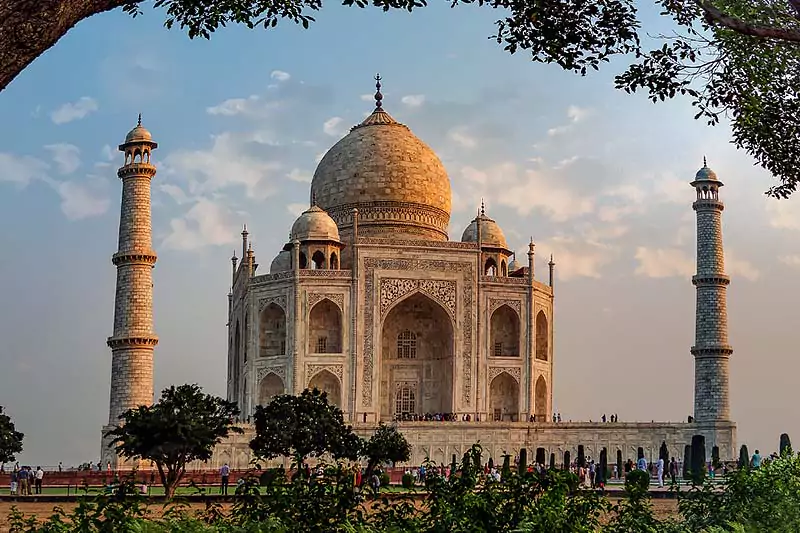
More than 20,000 workers from India and Central Asia worked on its construction and it took more than 20 years to complete. The Taj Mahal’s intricate design and beautiful location make it a must-see for anyone visiting India.
Christ the Redeemer Statue
The Christ the Redeemer Statue is one of the most iconic landmarks in the world. It is located in Rio de Janeiro, Brazil and is 30 meters high. This concrete and stone statue was built between 1922 and 1931. A symbol of both Christianity and Brazilian culture, it is one of Brazil’s most popular tourist attractions.
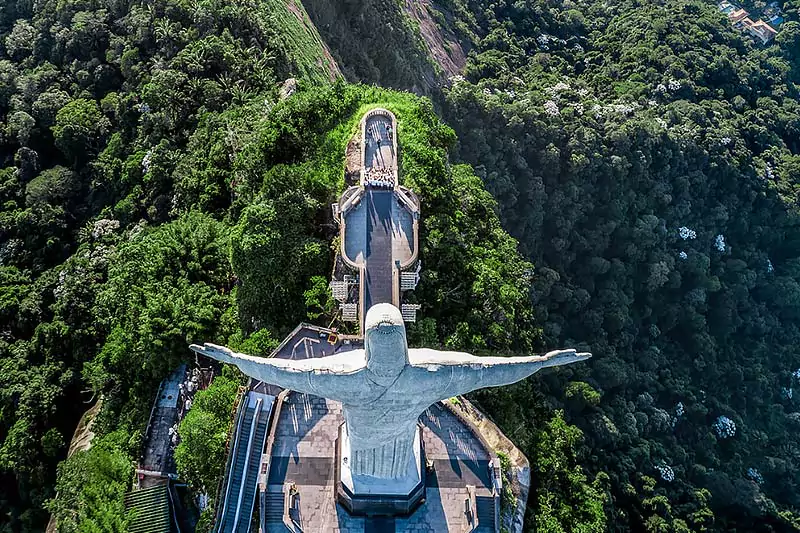
The Great Wall of China
The Great Wall was built more than 2,000 years ago and stretches more than 21,000 kilometers across China. It was originally built to protect the Chinese Empire from invaders, but today it is visited as a popular tourist destination. Over the centuries, the Great Wall has been rebuilt and repaired many times.
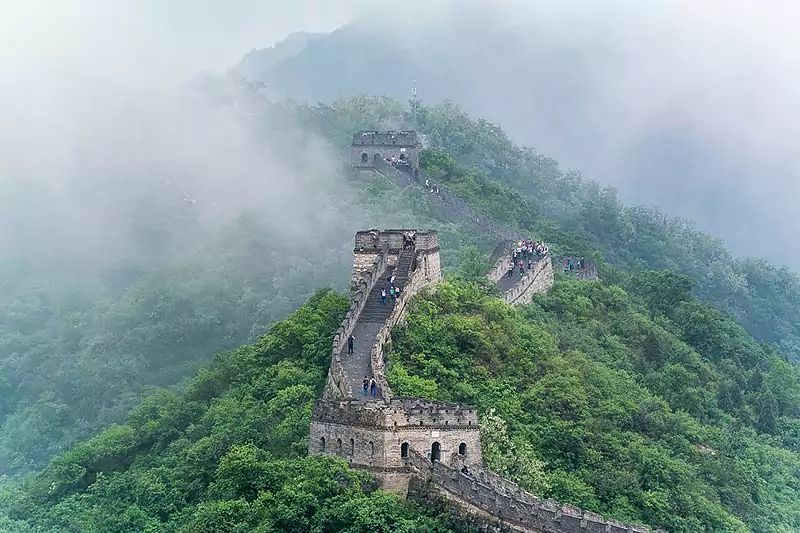
It is now a UNESCO World Heritage Site and one of the Seven Wonders of the World. Every year millions of people visit the Great Wall to see this great structure and learn about its history.
Seven Wonders of the Ancient World
From the Pyramid of Giza to the Hanging Gardens of Babylon, the Seven Wonders of the Ancient World are some of the most iconic and impressive structures in history. For centuries, these structures have captivated the imagination of people around the world and their stories are still being told.
The Great Pyramid of Giza
The Pyramid of Giza is one of the most iconic structures in the world. It is also one of the most mysterious, its origins dating back to 2560 BC. Located in Egypt, the pyramid is 139 meters high. It is made of about 2.3 million limestone blocks, each weighing an average of 2.5 tons.
The Pyramid of Giza was built as a tomb for Pharaoh Khufu and took nearly 20 years to complete. It is the only surviving structure from the Seven Wonders of the Ancient World and continues to amaze researchers and archaeologists even today. How did the ancient Egyptians transport these huge stones and build such a perfect structure? We may not know for sure, but that doesn’t make the Pyramid of Giza any less incredible.
Statue of Rhodes
The Colossus of Rhodes was a 33-meter-high bronze statue of the Greek Titan Helios, erected in 280 BC on the island of Rhodes. It is considered one of the Seven Wonders of the Ancient World. The statue was built to commemorate the victory of the Rhodians over Demetrius Poliorcetes.
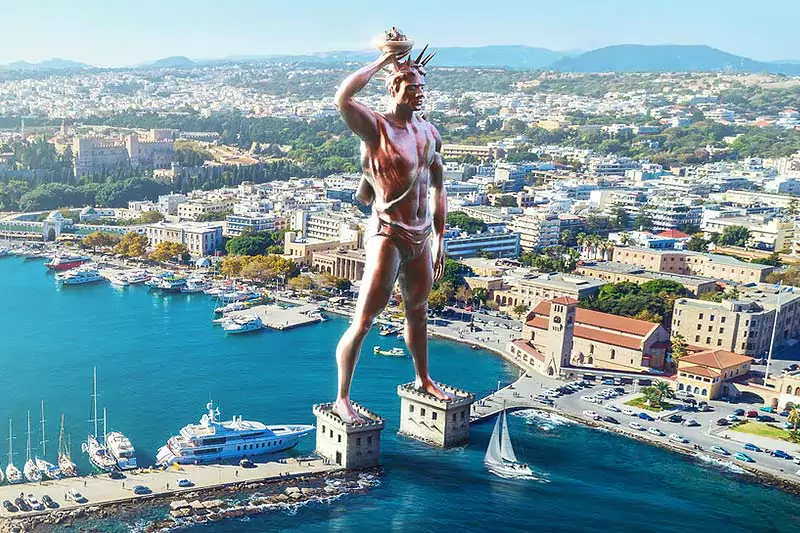
The statue was placed above the harbor entrance and ships had to go around it as they passed by. Over the centuries earthquakes toppled the statue and in 653 AD it was completely destroyed by an Arab army. Today only fragments remain.
Hanging Gardens of Babylon
The Hanging Gardens of Babylon were one of the Seven Wonders of the Ancient World. It was built by King Nebuchadnezzar II around 600 BC. The gardens were destroyed by an earthquake in the 1st century AD. The Hanging Gardens were located in the city of Babylon in modern-day Iraq.
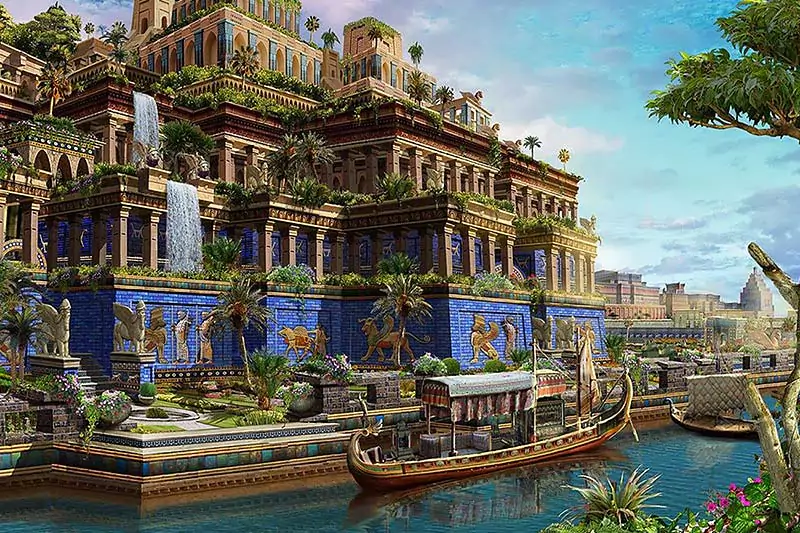
The gardens were built on a terrace supported by brick walls. The terrace was about 122 meters wide and 122 meters long. It was four stories high. The gardens were full of trees, bushes and vines. There were also flowers and other plants. Water for the plants was supplied by a pump and canal system.
Lighthouse of Alexandria
The Lighthouse of Alexandria was built in the 3rd century BC on the island of Pharos in Alexandria, Egypt. The lighthouse was about 122 meters high and was one of the tallest structures in the world at the time. In the 14th century it was destroyed by an earthquake and today only its ruins remain.
Mausoleum at Halicarnassus
The Mausoleum of Halicarnassus was built in 350 BC on the orders of King Mausolus of Caria, in present-day Turkey. The tomb was designed by Greek architects Satyros and Pythis and decorated with relief sculptures by artists such as Bryaxis, Leochares, Timotheus. This structure has been recognized as one of the Seven Wonders of the Ancient World.
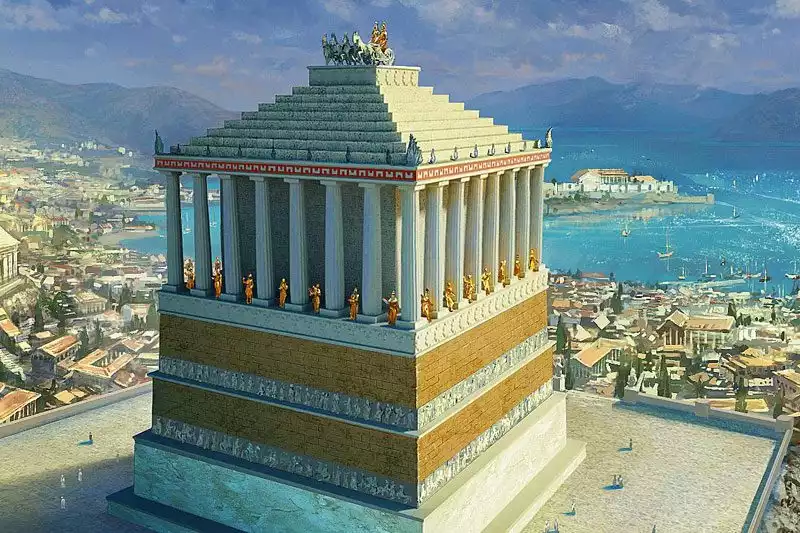
The mausoleum was built on a hill overlooking the city of Halicarnassus. It was made of white marble and was 41 meters high. It had four floors and each floor was decorated with columns and statues. On the top floor was a statue of Mausolus. The mausoleum was destroyed by earthquakes in the 12th and 15th centuries. Today only its ruins remain.
Statue of Zeus at Olympia
The Statue of Zeus was a colossal statue of the Greek god Zeus and was considered one of the greatest works of art of the ancient world. The statue was lost in antiquity and its remains were not rediscovered until the late 18th century.
The Statue of Zeus was created by the Greek artist Phidias. It was about 12 meters (40 feet) high and made of gold and ivory. The statue depicted Zeus sitting on his throne. He held a scepter in his hand. On either side of him were Nike, the goddess of victory, and an eagle. The Statue of Zeus was destroyed by a fire in 423 AD. Its remains were rediscovered in 1766 by French archaeologist Pierre de Coubertin.
Conclusion
Exploring the Wonders of the World, encompassing both the old seven wonders and the new seven wonders, allows us to understand the creativity of human history. These iconic places not only showcase their impressive architecture, but also tell the stories of the people and cultures that built them. These structures continue to inspire and amaze us all.







